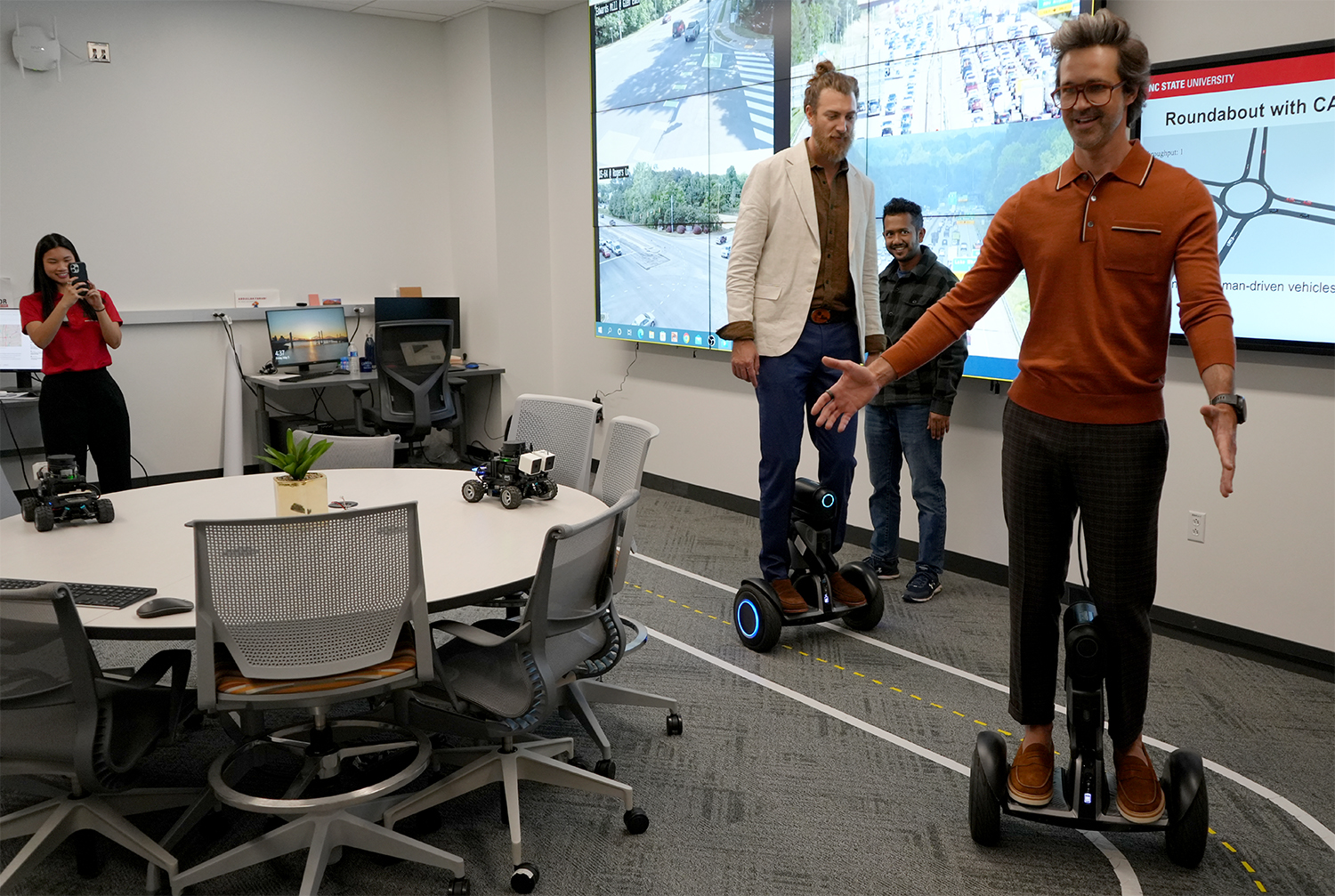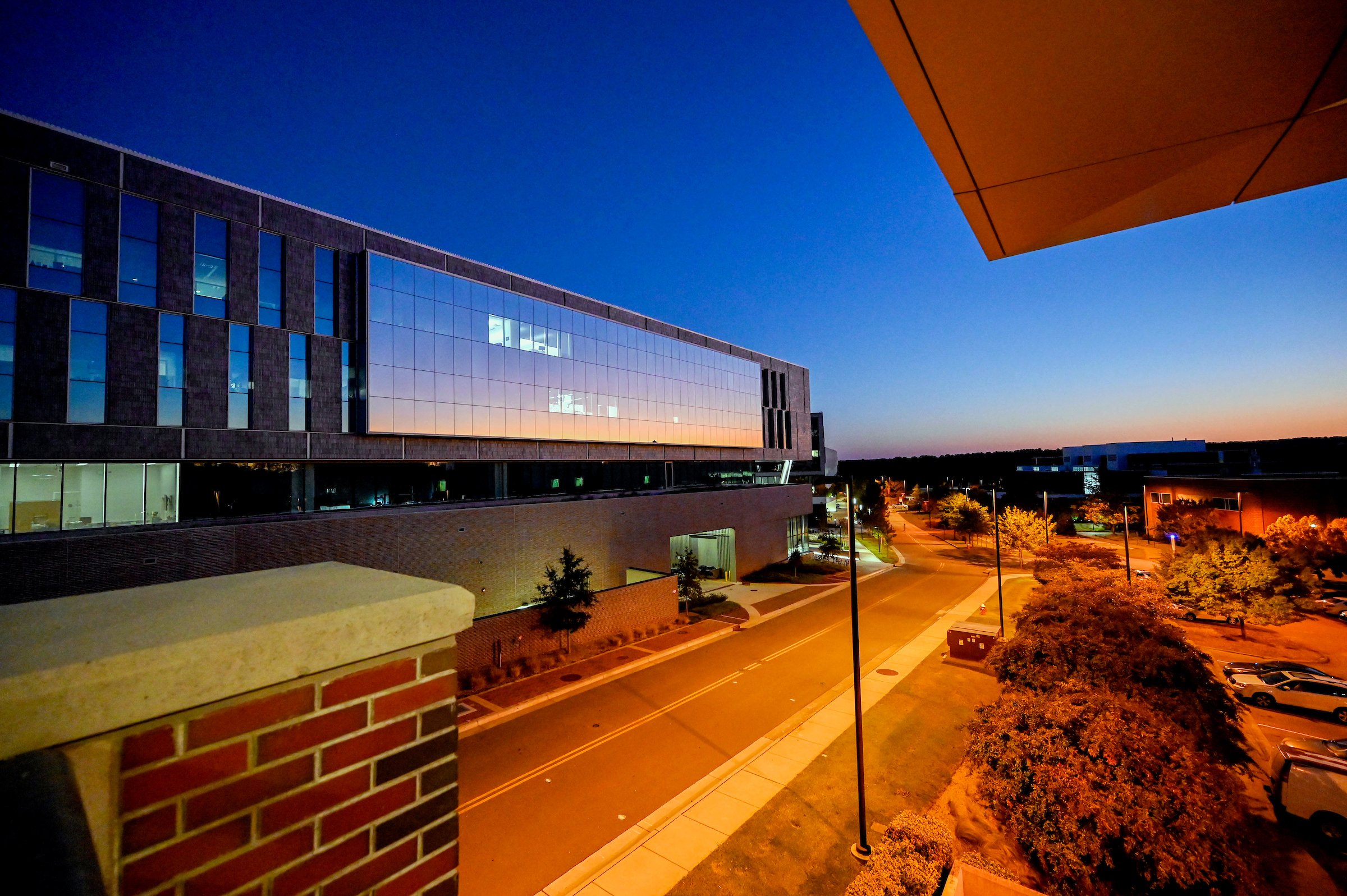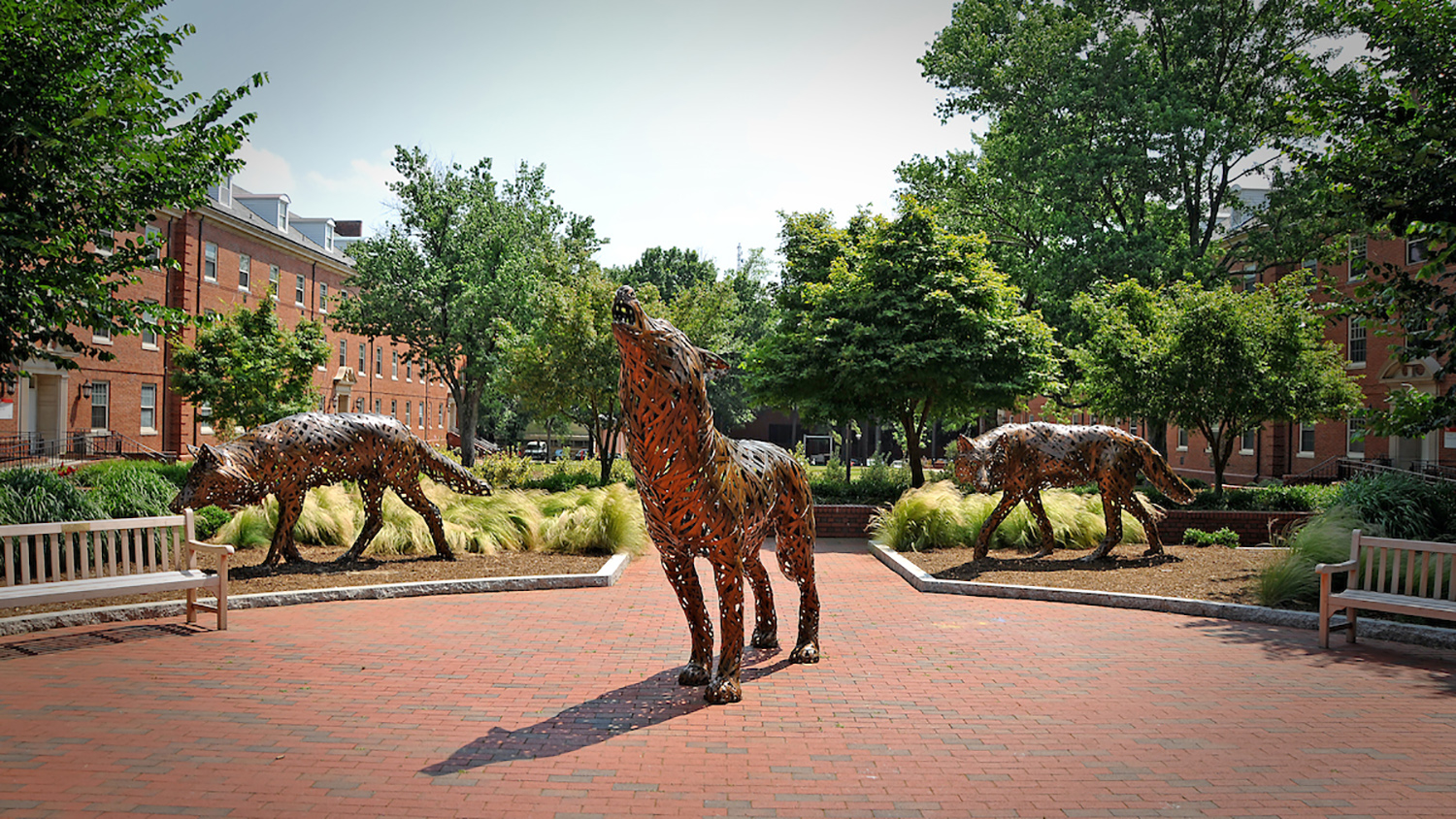‘A source of pride and motivation’: 50 years of the PULSTAR Reactor
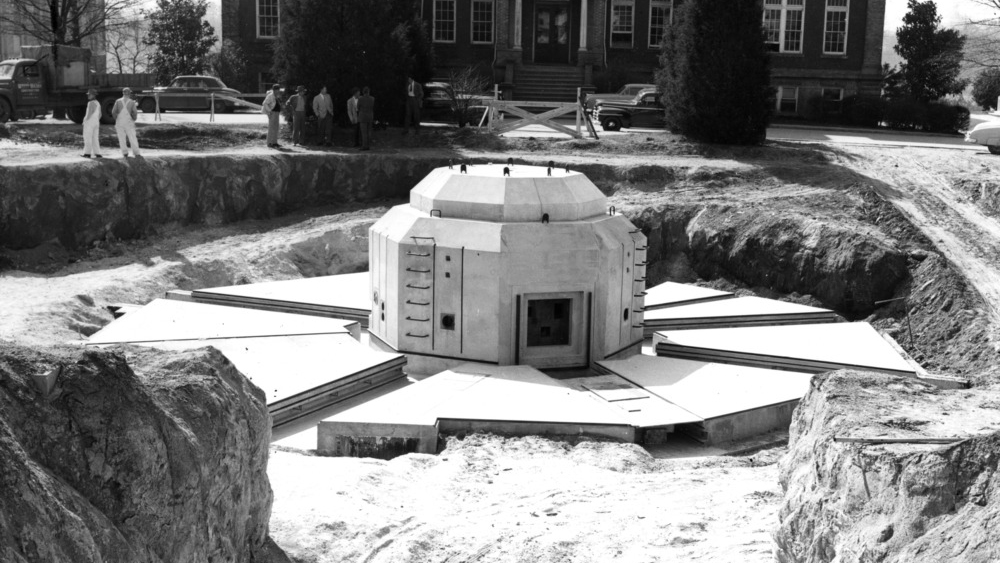
Four nuclear reactors have been built and operated on NC State University’s campus, but none have been able to stand the test of time — except for the PULSTAR Reactor. This academic year, it celebrates 50 years of serving NC State’s missions of education, research and outreach.
The PULSTAR Reactor is a 1-MW pool-type nuclear research reactor run by the Nuclear Reactor Program (NRP) and located in Burlington Engineering Laboratory on NC State’s north campus. Since its completion in 1972, the reactor has supported NC State’s faculty and staff members in education and research activities.
“Having this opens up the possibility of exciting new tools and research, especially with the reactor facilities being available nationally,” said Ayman Hawari, Distinguished Professor of Nuclear Engineering (NE) and director of the NRP.
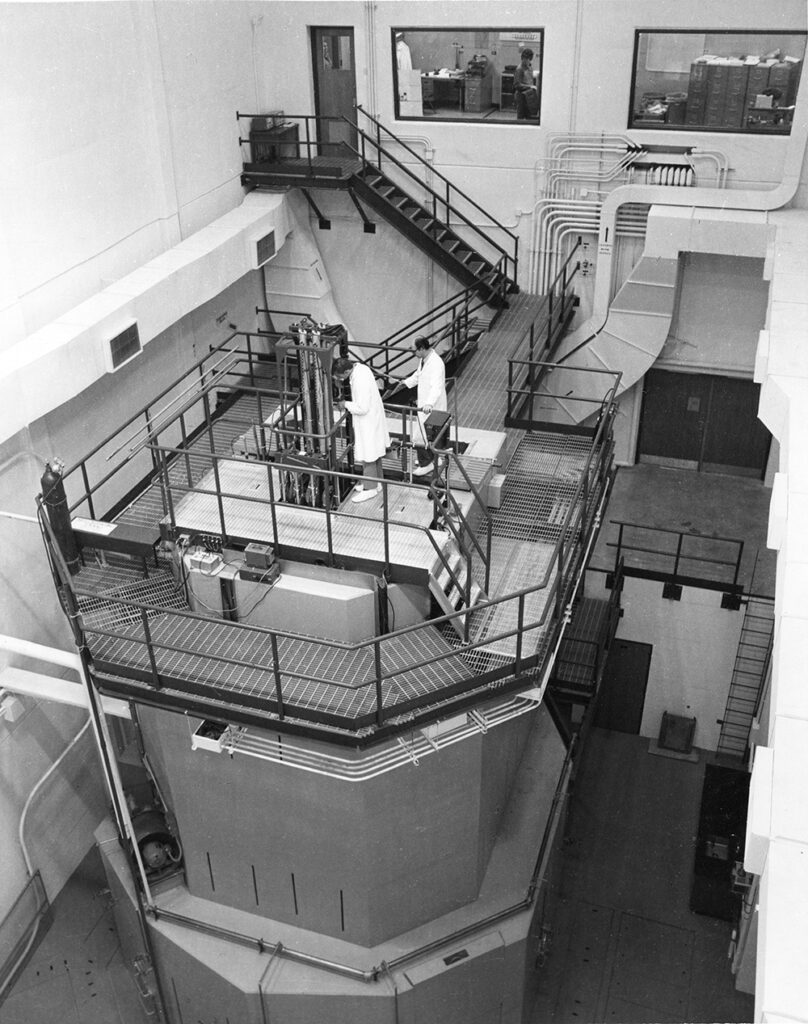
As a partner facility of the Department of Energy Idaho National Laboratory Nuclear Science User Facilities consortium, the reactor is accessible for other institutions across the United States. It is routinely used by the University of North Carolina at Chapel Hill, Duke University, University of Illinois Urbana-Champaign and the Massachusetts Institute of Technology.
Research and education are conducted using in-pool irradiation fixtures and through four beamport facilities powered by the reactor’s core: a neutron imaging facility, a neutron powder diffraction facility, an intense positron beam and an ultra-cold neutron source.
To increase the reactor’s capabilities, three additional beamport facilities are being constructed. One facility will test the safety and performance of advanced nuclear fuel systems in relation to varying temperature and radiation levels. The other two facilities will test molten salts, or liquid salt, such as mixtures of fluorine, beryllium and lithium, that can directly cool the core of the nuclear reactor and possibly fuel the reactor.
Having this opens up the possibility of exciting new tools and research, especially with the reactor facilities being available nationally. – Ayman Hawari
NC State students also make use of the facilities, in some cases running them. Getting students to the point of conducting research using the reactor or gaining licensure to run it are a major benefit of the NRP. It provides students the skills necessary to be competitive for jobs and graduate school, and it serves as a huge selling point for prospective students.
“Working within the reactor is a ‘cool factor’ that inspires students to work within this field and attend our university,” said Lisa Marshall, extension assistant professor and director of outreach, retention & engagement for NE.
With new facilities under way and new generations of students preparing for exciting careers, Hawari anticipates the PULSTAR Reactor will continue to give students and faculty and staff members unique instruments that might not exist elsewhere, including the national laboratories.
“It is a source of pride and motivation,” Hawari said. “And with these facilities, we hope to attract the brightest.”
- Categories:
